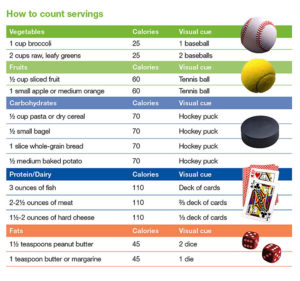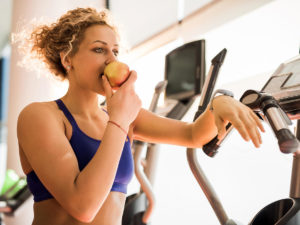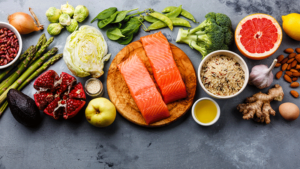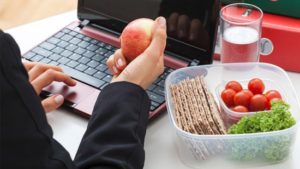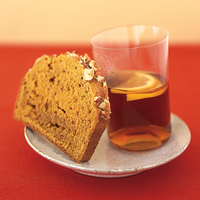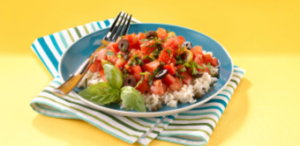
In case you haven’t noticed yet — muscle mass naturally diminishes with age. If you don’t do anything to replace the muscle you lose, you’ll increase fat. But regular strength training can help you preserve and enhance your muscle mass — at any age. As part of your weight-loss plan, building lean muscle mass will help you control your body fat: As you increase lean muscle mass, your body burns calories more efficiently.
Strength training also helps you:
- Develop strong bones, reducing your risk of osteoporosis
- Reduce your risk of injury — building muscle protects your joints from injury
- Boost your stamina — as you grow stronger, you won’t fatigue as easily
- Improve your body image
- Get a better night’s sleep
Consider the options
Most fitness centers offer various resistance machines, weights and other tools for strength training. But hand-held weights can also work well. In addition, resistance bands — elastic-like tubes or bands available in different tensions — are inexpensive. Of course, your own body weight counts, too. Try pushups, pullups, abdominal crunches and leg squats.
Start slowly and work your way up
When you begin strength training, start slowly. Warm up with five to 10 minutes of stretching or gentle cardio activity, such as brisk walking. Then grab a light weight that you can lift at least 12 to 15 times, using smooth, controlled motions. Eventually, train with a weight that tires your muscles — so it’s difficult to finish the motion by the 12th repetition. (The number of repetitions refers to the number of times you do a specific exercise. One set means completing a specific number of repetitions.) If you use the proper weight or amount of resistance, you can build muscle just as efficiently with a single set of 12 repetitions as you can with more sets of the same exercise. When you can easily do 12 or more repetitions of a specific exercise, increase the weight or resistance by up to 10 percent.
To give your muscles time to recover, rest one full day between exercising each specific muscle group. But stop if you feel pain. Although mild muscle soreness is normal, sharp pain and sore or swollen joints are signs that you’ve overdone it. Two to three strength-training sessions a week for 20 to 30 minutes are enough for most people.


